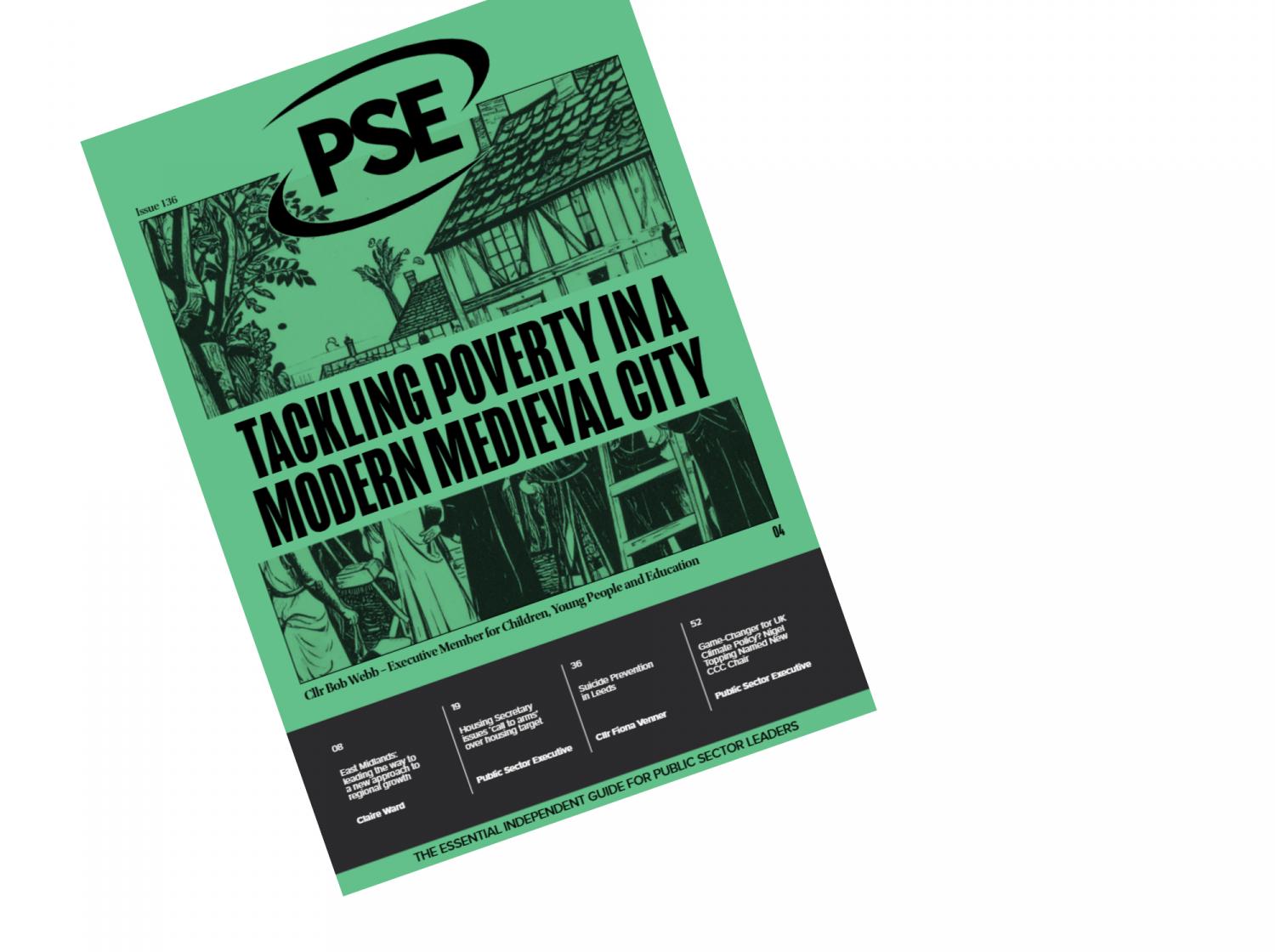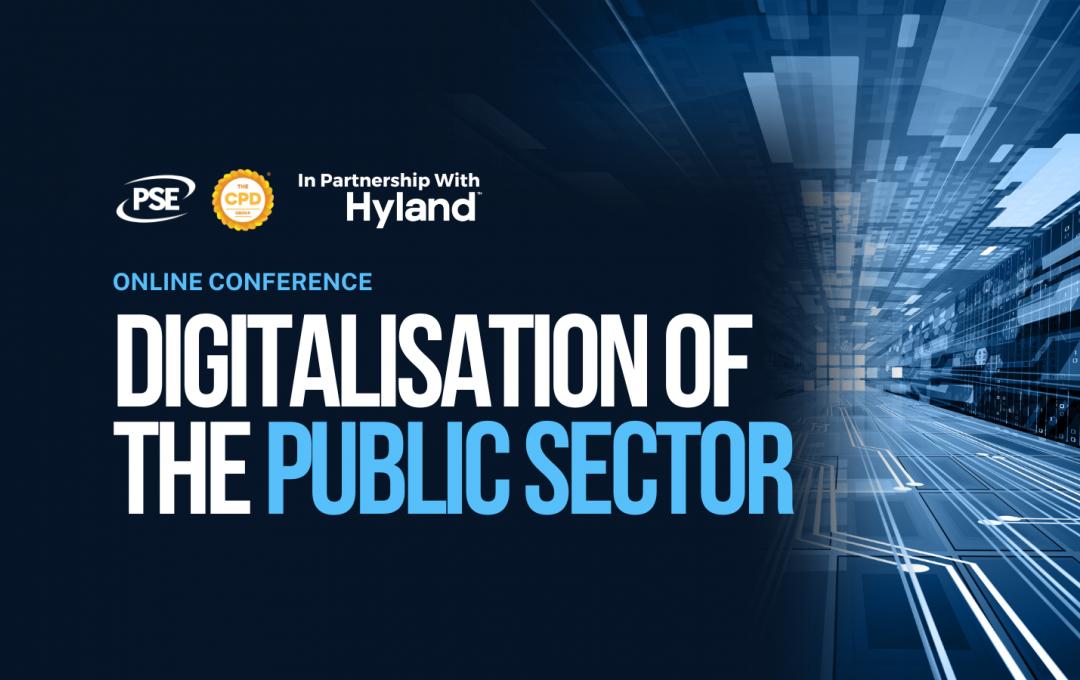Procurement plays a significant role in public sector digital transformation, acting as the transparent, impartial gateway to better outcomes for public sector services. It is clear, however, that as-a-service technologies, along with speed of change and evolution in the supply chain, has misaligned digital transformation strategies, procurement and the solutions required to fulfil.
Traditional procurement regulations qualify suppliers based upon time and cost efficiencies, ‘value for money’ being the prominent driver. Whilst there has been a shift to more value-sustainable approaches, traditional weighting systems have still favoured a lower initial cost rather than looking at total cost of ownership and wider value returns.
According to research commissioned by HPE, 61% of public sector organisations feel procurement policies are a barrier. The desire to achieve and exceed digital transformation goals is apparent; emerging technologies, transformative services and consumption-based models are being sought to create the step change required.
The Covid-19 pandemic incited flexibility in the procurement regime with the need for accelerated timelines and scalability. Albeit contentious, with many questioning the viability of fast-tracked, direct-award contracts, it highlighted the need for change. As the transition into the new world unfolds, should we capitalise on the short-term learnings and objectively review long-term strategies?
It Begins with Collaboration
A path to procurement fit for digital transformation, begins with collaboration and realigning skills and expertise across the sector. Involving procurement professionals in the innovation and design process means they can help to permeate the strategy across the entire commissioning journey with better understanding of desired outcomes.

Collaborating with technology suppliers at this early stage too can help to bridge the language gap between procurement and technology. At HPE, we are committed to eliminating technical jargon and collaborating, for the good.
Procurement professionals have the opportunity to influence the agenda and step outside their comfort zone. Listening to technology colleagues, to understand the benefits and impact of service-led technology, can reap holistic rewards across departments and offer the opportunity to pioneer procurement fit for a long-term sustainable future.
Capex vs Opex: The Fundamental Disconnect
Funding models within the sector are traditionally capital focused – a model that often doesn’t facilitate the technology services required today. All too often, organisations are forced to massage Capex budgets to buy technology upfront due to a lack of enterprise run or opex budget. This often restricts procurement to Capex-only, contradicting and competing with the Government’s drive to, for example, the public cloud and the path to digital transformation.
The technology sector is continuing to drive as-a-service consumption models to offer the public sector the benefits of scale and a pay-as-you-go consumption – ultimately, improving ‘value for money’ – a key measurement within public procurement. By only paying for what you use, forecasting of budgets and scalability requirements becomes more transparent – lobbying for change in the capex vs opex debate is essential to truly benefit from digital transformation.
Starting Small
The age of digital transformation has shaken things up. The introduction of The Direct Award Framework, along with agile agreements such as Digital Outcomes and Specialist (DOS) and Tech Services through Crown Commercial Service, aim to move public sector organisations towards working with specialised suppliers in a more agile way.

To achieve this, buying processes are being simplified to work on smaller projects, that contribute to the overall direction and requirements of the digital transformation strategy. Smaller projects require lighter-touch governance, on the proviso that greater transparency is provided by the supplier.
Specialist engagements provide the opportunity to pinpoint granular challenges, objectives and outcomes that are easier to measure.
Getting the most out of suppliers
Building more open standards into procurement processes encourages transparency and places responsibility on suppliers, easing concerns around lock-in which has been a prevalent challenge within legacy IT supplier relationships. The supplier ‘technology hammer’ is, as heard in our research, a very real challenge and perhaps exacerbated by a reliance on pre-procured contracts. Updating procurement strategies could futureproof supplier engagement to ensure the right solutions are implemented, at the right cost, for the right environment – all whilst providing access to the best available innovation.
At HPE, we champion conscious digital transformation, and this requires conscious public procurement. We’re providing public sector organisations choice – choice in technology and advice that provides the appropriate solutions for organisational challenges.

We recently announced our public sector ‘For The Good Manifesto’ that details our commitment to support public sector organisations, including procurement teams, to map the right strategy for optimum outcomes.
We support change in procurement to help the public sector realise the benefits of as-a-service consumption models and leverage transparent relationships with our public sector technology specialists.
Collaboration is key to embrace a conscious approach. Let’s embrace and take a more conscious collaboration together.
We are HPE, we are here, for the good.



















